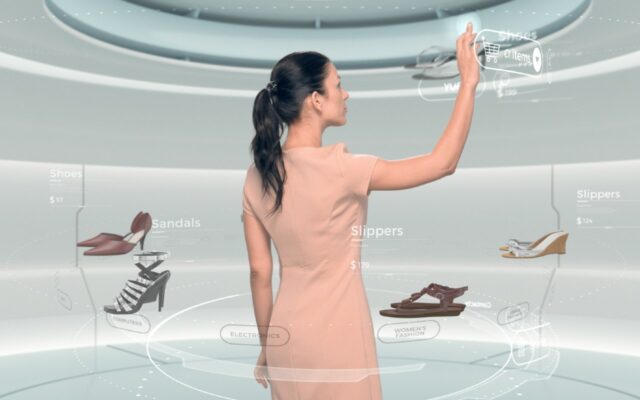There is no shortage of 5G advertisements that promise big things. Communications Service Providers (CSPs) have been active in sharing their 5G network capabilities for years. Yet, we hear many industry experts saying that consumer interest in 5G may have been overhyped. I would argue the opposite: there is a world of untapped potential for 5G consumer services just waiting for the network to be built.
When 5G arrives, everything will look like an experience
The potential for 5G consumer services is most apparent in the retail industry. Retail customers have an almost unquenchable appetite for digitally enhanced experiences. Mobile shopping apps, contactless payments, and BOPIS (buy online, pick-up in-store) are just a few of the digital trends that are transforming the retail experience. It’s easy to imagine how 5G connectivity could transform these experiences even further.
Here are a few ways that I see 5G changing the retail experience:
Smart stores
5G technology deployed in conjunction with multi-access edge computing (MEC) could break down the retail barriers of time and space. Time, in the sense that retailers can now process analytics in real-time and use those insights to drive personalized offers. As an example, imagine shelves that display personalized product prices as you approach them. Space, in the sense that, unlike Wi-Fi, 5G delivers high-bandwidth connectivity through walls and shelves and can even seamlessly connect you with distribution centers if the product you’re looking for is out of stock.
Automated inventory management
Managing inventory systems across multiple stores and regional distribution centers is time-consuming and prone to error. But with 5G technology, stores could use video cameras and drones to check on-shelf inventory, restock products and even re-order them.
Supply chain optimization
As the world adapts to life with Covid, supply chains are more important than ever to retailers. 5G technology can help retailers not only improve inventory forecasting (as cited in the example above), but also track shipments more effectively using private 5G network slices to communicate across transportation routes.
Those are just a few of the ways that we can expect 5G to improve the retail experience. Other ideas include “endless aisles” that can connect shoppers to inventory warehouses if they need to order an out-of-stock item, “smart shelves” that can deliver personalized offers to shoppers as they pass by, and “smart fitting rooms” that use augmented reality to change colors or styles without changing clothes.
If you build 5G, the future will come
5G networks of the future won’t be built by retailers; they’ll be built and managed by CSPs. But it’s the enterprises and consumers who will ultimately decide what 5G services look like.
When 4G was created, it wasn’t intended for Uber or Instagram Stories, because those things weren’t even imagined yet. Those applications came after 4G was here and people were using it. Similarly, the most successful 5G services likely haven’t even been invented yet. In retail, it could be virtual supermarkets or 5G-connected fitting room “mirrors” in our walk-in closets.
Whatever the future of 5G holds, Dell will be there to make sure CSPs have the technology solutions they need to enable that future, whether it’s powerful RAN systems that can fit in a small rack, edge servers that can be scaled in the cloud, or network slices that can narrow the network experience down to an audience of one.


